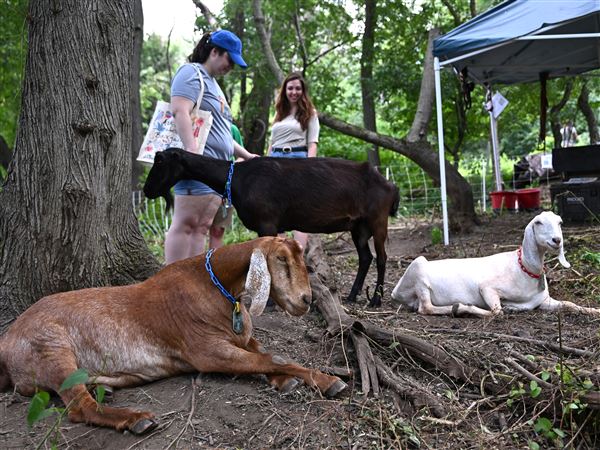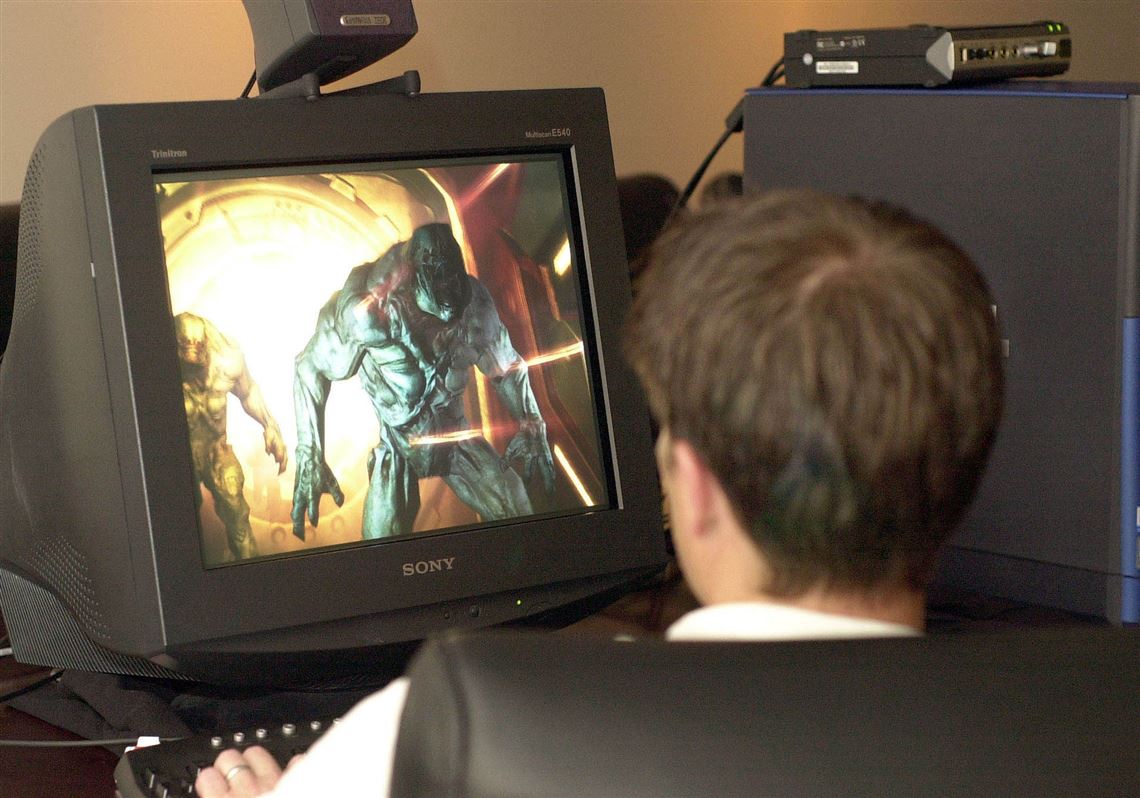“Doom,” the popular 1993 shoot-em-up video game, looks outdated these days compared with sophisticated modern games.
But now it is serving a new purpose as an artificial-intelligence research platform, as two Carnegie Mellon University students so successfully showed in the recent Visual Doom AI Competition known as VizDoom.
The CMU program finished second in each of two competitions against Intel and Facebook, respectively. Neither Intel nor Facebook participated in both competitions, with 12 teams competing.
Guillaume Lample, recent recipient of a master’s degree at CMU, and Devendra Singh Chaplot, currently seeking a master’s degree in computer science, spent four months, including most of the summer, working to create their autonomous artificial-intelligence agent (AI agent) to play first-person shooter games.
Their study describing the program — available at Cornell University’s “arXiv,” an archive of scientific studies — says its “architecture substantially outperforms built-in AI agents of the game as well as humans in death-match scenarios.”
“If you look at who won those competitions — Facebook and Intel — each has enormous computing resources, so I think it’s impressive what they’d done over the summer by themselves,” said Ruslan Salakhutdinov, an associate professor in the machine learning department of CMU’s School of Computer Science. He serves as Mr. Chaplot’s adviser.
Google’s groundbreaking DeepMind program already has beaten humans in 2D 2600 Atari video games, with other programs showing success against skilled human players in such board games as “Go.” Conquering “Doom,” however, required a new level of ability.
“Doom” involves a first-person shooter going room to room through a 3-D underworld to gun down attackers while avoiding return fire. While some may cringe at a score reflecting the number of human figures killed in virtual reality, the CMU algorithm more importantly represents a step forward in technology that eventually could allow robots and self-driving vehicles to better navigate real-world environments and perform more complex tasks.
The study says that “deep reinforcement learning,” a system CMU used to reward successful actions and punishes failure, helped master human-level ability in various tasks, including object recognition and high-dimensional robotic control.
Mr. Lample and Mr. Chaplot built their program on top of the DeepMind program and separated the task of navigating in a 3-D environment and identifying and retrieving objects from the task of encountering enemies and avoiding being shot.
They also incorporated short-term memory into the program, so their agent could better understand motion, given “Doom’s” ever-changing environment with attackers suddenly appearing from behind walls and obstacles.
“The competition was really tough,” said Wojciech Jaskowski, the computer scientist at Poznan University of Technology, Poland, who was the main organizer of the VizDoom competition. “CMU did a really good job competing against notable researchers from Facebook and Intel. The second place is an achievement. And their [robot] has been really competent, showing human-like behavior.”
But he said Facebook and Intel clearly were better in their respective tracks of competition. The CMU team beat the University of Essex team by a small margin for second place in one competition “because of a simple trick.” Their agent, he said, “was ducking most of the time and thus was hard to hit.”
For the CMU team, the next level of challenge is “Quake,” a 1996 video game featuring monsters of different sizes and shapes, each bearing different weapons, said Mr. Salakhutdinov, a doctor of computer science.
“More needs to be done in this area, research-wise, but this is a great demonstration that you can build systems that compete with humans,” he said. “It’s pretty impressive what they did.”
David Templeton: dtempleton@post-gazette.com or 412-263-1578.
First Published: October 3, 2016, 4:40 a.m.
















